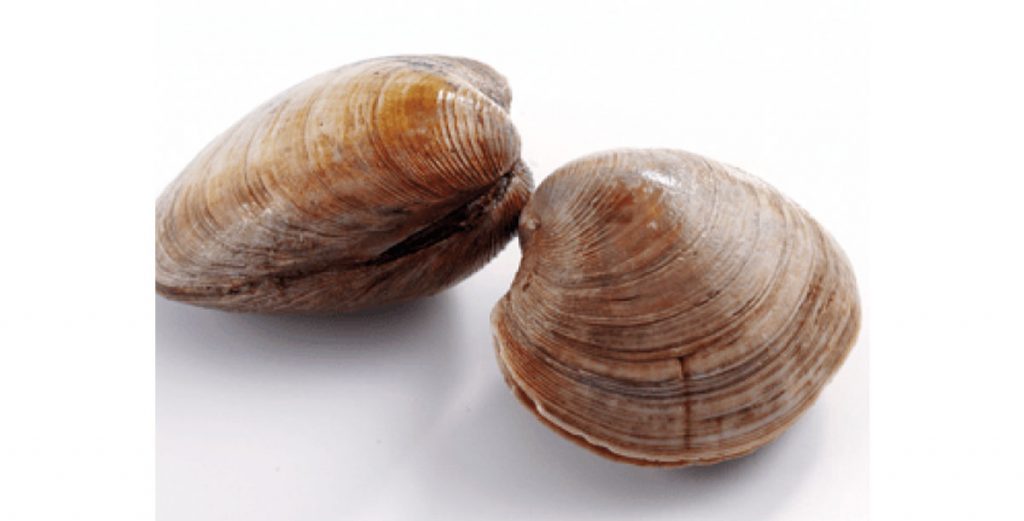Clam

SPECIES INFORMATION
Clam is referred to the many mollusks of the bivalve kinds. The clam word is mostly used for those species that can be eaten. The clams live as an infauna, which means that they spend the majority of their life in the sand halfway buried in it. Clam belongs to the bivalve class, and today there are more than 15000 living species that are known. Most of the 500 of these clam species lives in the freshwaters. They also live on the muddy and sandy bottoms.
Types of fish that is found
There are two shells in a clam. There are adductor muscles which are two in number that connect both of the same size and the two shells. They also have a burrowing foot that is very powerful. Clams find a lot of culinary usages, and they are eaten as marine bivalves. Some clams are oval or triangular in shape. Many razor clams have an elongated parallel-sided shell. Some of the clams have a life cycle of a year only, and some may have a life cycle that is over 500 years. The clams are all with valves or calcareous shells that are joined near the hinge, and they have a ligament that is flexible. The clam species are a filter feeder.
Type of fishing that is done at the location
Clam digging is a way that is used to harvest the clams. This is done from below the tidal sand flat surface or below the mudflats where the clams live. The commercial clamming is done using mechanical dredging and is done offshore.
SIZE
The size of the clam will range from 0.1 mm to 1.2 meters, and these can be seen in the Pacific and the Indian Ocean.
The clam species has a narrow and oblongated shell, and this ranges from 3 to 6 inches that are around 8 to 15 cms. This is commonly found in the clams that live in the southern portion of the range. It is similar to the Atlantic razor clam. The clam has an oval-shaped shell that is hinged using a stretchy ligament. The clam’s body has a muscular foot, and thus the clam can extend through the open end of this shell, and it uses this to burrow into the sand and the mud. It also has two tubes that look like siphons. The clam reproduces by depositing its egg and sperm cells into the water. The egg when gets fertilized develops into a shell-less larva, and this takes several months to grow into an adult.
RANGE
The range of the clam is from the Pacific west coast for the Aleutian Islands in Alaska to the Pismo beach in California. The clams inhabit the sandy beaches in the intertidal zone, and they reach a maximum water depth of 30 feet.
HABITAT
The clams are found all across the world, and they live in many habitats like the Antarctic and Arctic waters. They are also found in the coral reefs and the coastal mudflats. Most of the clam species are found in the ocean, but some are found in the freshwater as well.
DIET
The baby clams live on the fish gills. Clams are filter feeder, and they eat the small organisms and algae that they pull out themselves from the water.
